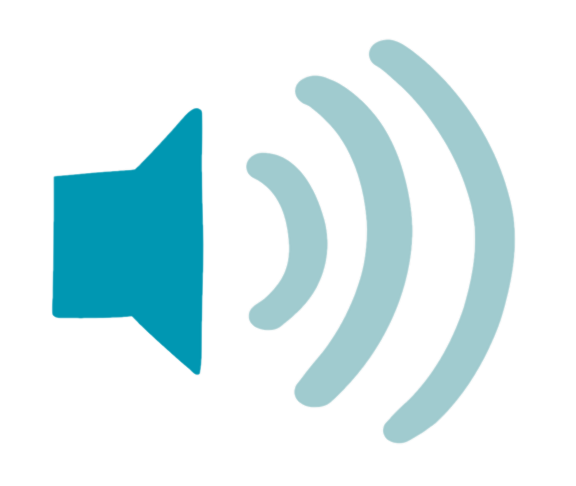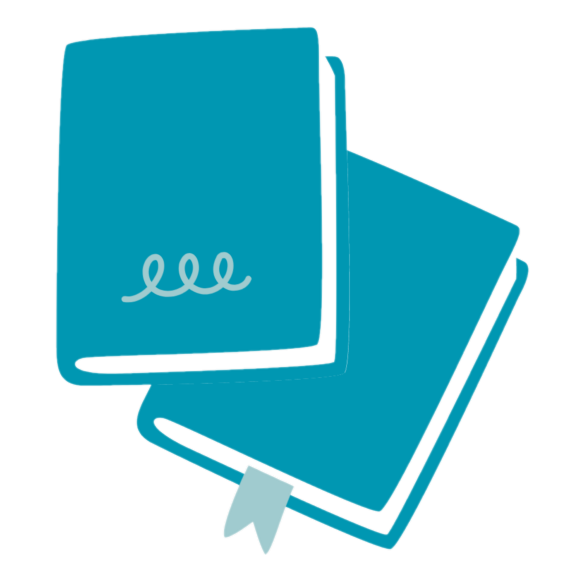Introduction

– Ask students what they know about migration – what have they seen in the media?
– Ask students if they have ever experienced contemporary art. If so, what was it like? Can they share any examples of contemporary artworks they know?
– Introduce the artwork The Mapping Journey Project by Bouchra Khalili. Show images and explain briefly what it is about. Focus on the fact that students will be able to learn about migration and how to analyse a piece of contemporary art.
Task 1: Aural comprehension

Ask students to listen to this short extract from la chronique Le Son de la Pauline and to reflect on the following questions:
– Can you point out any specific geographic contexts or political leaders mentioned in this short news piece?
– What about vocabulary used to identify migrants?
– According to the narrators and interviewee, why is it important to reflect on the relationship between the use of language and the ways we represent migration?
Based on their answers, start drawing links between problematic media representations and how contemporary art can challenge these stereotypes. Focus on the use of language that focuses on natural episodes or disasters (waves, flood) so you can later build bridges between ‘factual’ geography and the migrants’ narratives in the artwork.
Task 2: Reading comprehension

Ask students to read the definition of ‘migrant’ by the association Vivre Ensemble (handout 1, available below), and to reflect on the following questions:
– Can you tell the difference between a migrant and a refugee?
– Why has the use of the word ‘migrant’ become pejorative?
– Why is it important to contextualise the labels used for people in a migration context?
Differentiation: You might want to combine this reading exercise with a listening exercise. To do so, use the videos by UNCHR explaining their definitions of migrant and refugee, and ask students to compare these statements with the perspective proposed by the association Vivre Ensemble.
Task 3: Translation

– Ask students to read the different definitions of installation art in English and French provided (handout 2, available below).
– Split them into small groups/pairs and get them working on a translation (either EN > FR or FR > EN). Encourage dialogue between students and a va-et-vient between both source texts to expand vocabulary.
– Ask them to share their final translations with the class, commenting on any particular difficulties they found. Can others help to resolve them?
Differentiation: This can be done as a collaborative whole-class activity. According to ability levels, choose either FR > EN (slightly easier) or EN > FR (more challenging).
Task 4: Vocabulary

– Ask students to complete fill in the blanks exercise (handout 3, available below).
– Clarify the meaning of any words unknown to the students.
Differentiation: Depending on the ability of the group, ask students to explain the meaning of the words to each other using synonyms.
– Prompt students to reflect on the adjectives they can use to fill in the blanks. What do they say about the artwork?
Wrapping up

– Finish the session by asking students what they learned today. Prompt them to focus on 3 main themes: migration, contemporary art and the specific work of The Mapping Journey Project.
– Ask students why they think it is important to learn about these topics. What is the relevance of using the right terminology and visual languages to discuss migration?
– Is there anything else they want to learn about these topics? What do they think they will learn in the following sessions?
